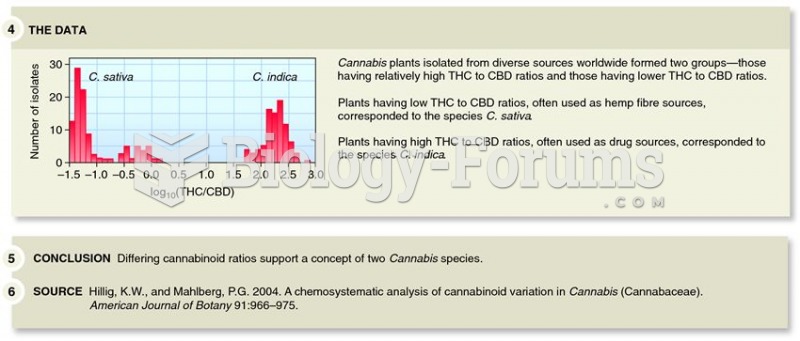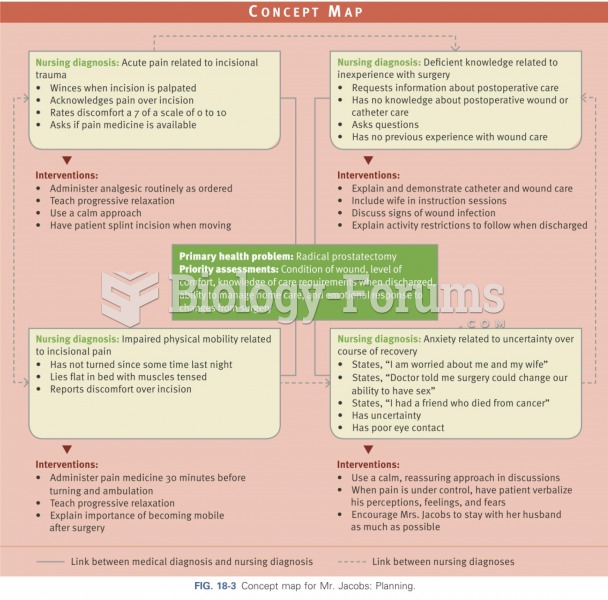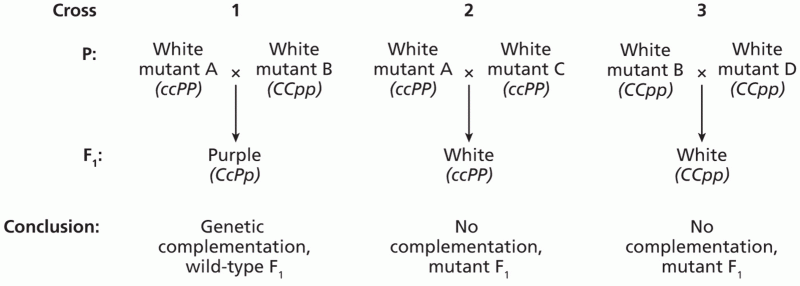Answer to Question 1
ANS: D
Concept analysis is a strategy through which a set of characteristics essential to the connotative meaning of a concept is identified. Concept synthesis is the process of describing and naming a previously unrecognized concept. Modifying conceptual definitions from other disciplines to be consistent with nursing usage is known as concept derivation.
Answer to Question 2
ANS: A, B, C, E, G
The published literature contains primary and secondary sources. A primary source is written by the person who originated, or is responsible for generating, the ideas published. A research publication published by the person or people who conducted the research is a primary source. A theoretical book or paper written by the theorist who developed the theory or conceptual content is a primary source. A secondary source summarizes or quotes content from primary sources. Thus, authors of secondary sources paraphrase the works of researchers and theorists. The problem with a secondary source is that the author has interpreted the works of someone else, and this interpretation is influenced by that author's perception and bias. Authors have sometimes spread errors and misinterpretations by using secondary sources rather than primary sources. One should use mostly primary sources to write literature reviews. Secondary sources are used when primary sources cannot be located or utilized, or if a secondary source contains creative ideas or a unique organization of information not found in a primary source.








